

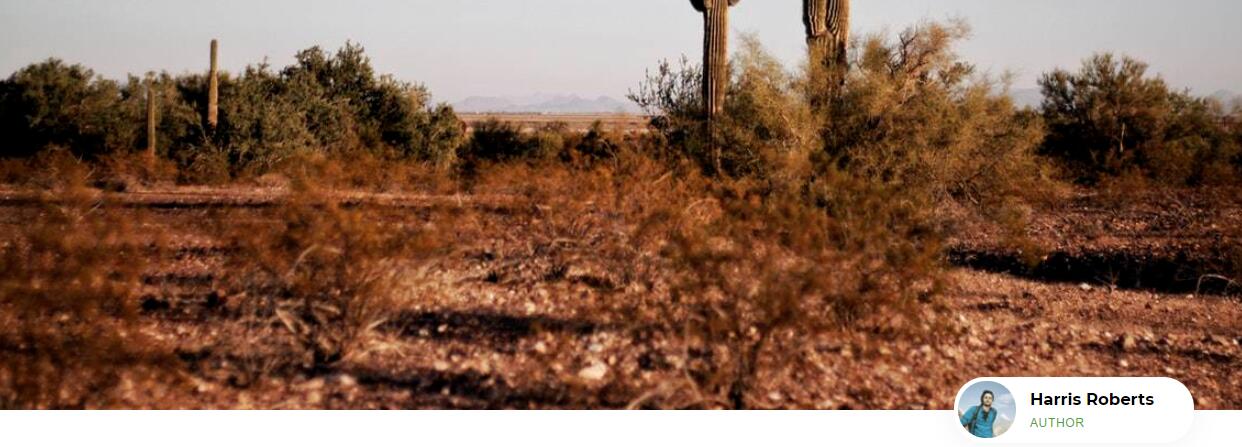
The second largest state, Texas has plenty of fascinating locations for a unique camping experience. While there are deserts and sand dunes, there’s much more to the Lone Star State. In fact, it may surprise you to learn that rivers, beaches, and canyons are the main attractions here. On top of that, there are many rare animals you can only see in Texas.
Park Fees and Reservations
The Texas Parks and Wildlife Department is in charge of more than 100 parks throughout the state. Depending on their size, all parks have one or more campgrounds where visitors can set up a tent or park their RV. All campgrounds have basic amenities like toilets and running water, while many also have shower cabins, picnic tables, and campfire grills. Some also provide free wireless internet access, as well as electricity to power up air-conditioning and TVs in camping vans.
To enter a Texas state park, you will need to pay an entrance fee. But you won’t have to pay the fee if you have a valid Texas State Park Pass. An annual pass will cost you $70 and allows all the passengers in your vehicle to enter any public park in the state. For $25, you can get an extra pass for a family member. The only requirement is that both of you live at the same address. Free passes are also available to seniors, veterans, as well as disabled people.
Of course, if you plan to camp at a state park, you will also have to pay the camping fee. The usual fees start at $10 per night for primitive camping and $15 for equestrian camping. These basic fees don’t cover any amenities, so you will have to bring potable water with you. If you want access to running water, you will have to pay $15 per night. Campsites with electric hookups start at $20. Some campgrounds also have premium offers with cable TV and sewerage for your RV.
While staying at Texas state parks, you must follow the seven C’s of camping. They include care, caution, cleanliness, common sense, conservation, cooperation, and courtesy.
This is important, as many Texas state parks contain sites and objects of cultural, historic, environmental, or archeological value. As such, you must make sure not to damage them or harm them in any way. If you do, on purpose or by accident, the State of Texas has the right to bring up criminal charges against you.
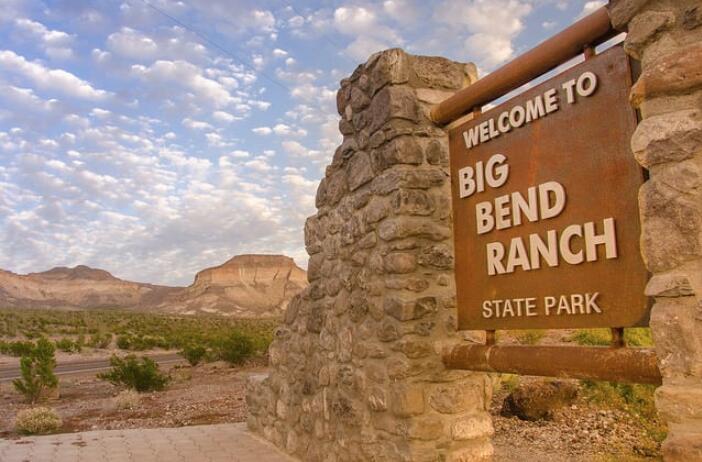
Big Bend
The Big Bend Ranch State Park is the largest state park in the entire state. It stretches over an area of 311 thousand acres and has a 23-mile front along the Rio Grande. Here you’ll also find Madrid Falls, one of the highest waterfalls in all of Texas. It is thus no surprise that river rafting is the most popular activity in the park. But with almost 250 miles of hiking trails and about 70 miles of dirt roads, there are lots of other things to see and experience.
There are many rare animals here, including the desert bighorn sheep, cougars, bobcats, and western mastiff bats. Rare birds include the zone-tailed hawk, golden eagle, and the peregrine falcon. You will also likely encounter multiple species of woodpeckers and owls, as well as jackrabbits, coyotes, and gray foxes.
Popular camping destinations near the park include the Chisos Basin Campground with 60 sites and the Cottonwood Campground with 24 sites. The Rio Grande Village RV Campground can provide full electrical hookup for up to 25 vehicles. If you don’t reserve your place in advance, a handful of campsites are available on a first come – first served basis.
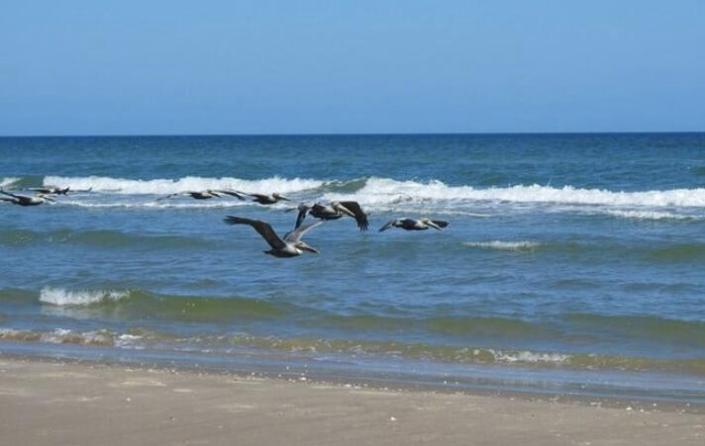
Beach
If you’ve seen a few old-school westerns, you may think that Texas is just an endless desert. But that’s far from the truth. The Lone Star State is home to some of the most beautiful beaches in the country.
The Padre Island National Seashore is probably the most fascinating. This little island on the shore of the Gulf of Mexico hosts the very rare Kemp’s ridley sea turtle.
Galveston Island is another popular location on the coast of the Gulf of Mexico. Camping fees for this location range from $15 for a basic tent camping experience to $25 for a premium spot on the beach.
Finally, there’s the Sea Rim State Park tucked away in the southeast corner of the state, also on the Gulf shore. It has about a dozen campsites with electricity, as well as options for camping on your boat. The overnight rates range from $10 for tents to $20 for boats.
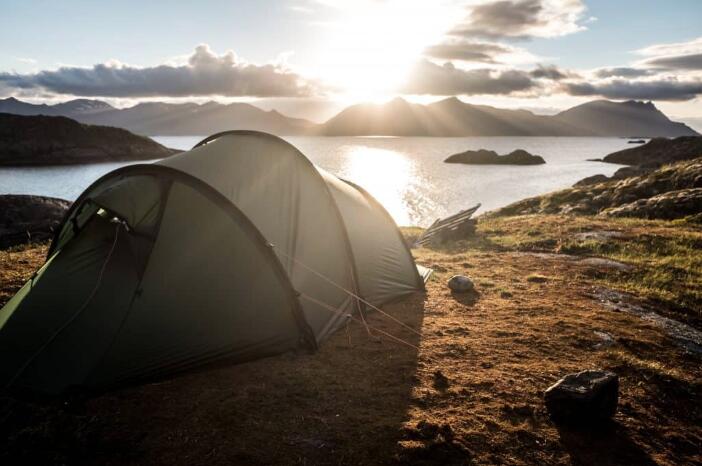
Beach
The North Beach campground on the Padre Island National Seashore is a great place to park your RV and set up a tent. While the place is rather noisy, it’s all because of the winds and the waves. There are no amenities, but you can fill up water bottles at the nearby Malaquite Campground. If you want to take a shower, you can do so for free at the park, but you’ll have to walk a few miles to get there. You can stay here for up to 14 days. And if you run out of food, the city of Corpus Christi is about 15 miles away.
For a more peaceful experience, you can camp at Magnolia Beach on the Lavaca Bay. The beach is very spacious, thus allowing for extra privacy. You can swim, kayak, or fish in the bay. The area is also home to many bird species, which is why many visitors choose bird-watching as their pastime activity. Like North Beach, this camp doesn’t offer any electrical hookups for RVs, but it does have showers and toilets. If you need to run errands, the nearest city is Port Lavaca.
Whichever destination you choose, make sure not to set up your tent too close to the water. Consider this a safety measure, as the tides here can rise very high.
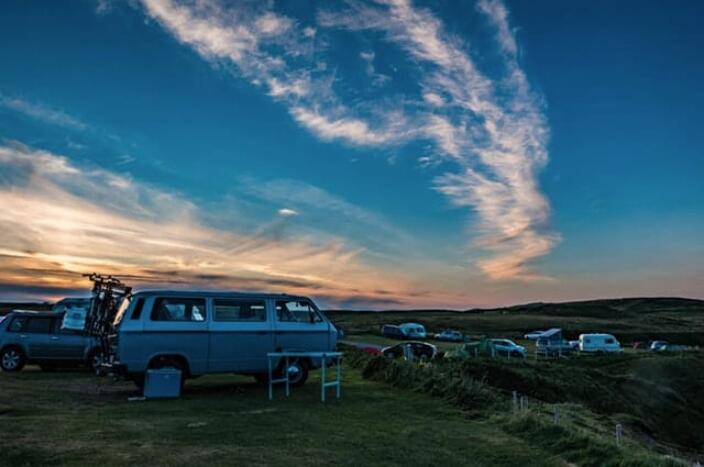
RV Camping
Free camping in Texas isn’t only available to tent campers and backpackers. Several campgrounds also allow you to camp for free in your RV. But if you opt to do it, you should keep in mind that there are usually no amenities included. As such, you must pack supplies of bottled water, trash bags, and figure out how to maintain personal hygiene during your stay.
If you’re traveling to Texarkana, you can stay at the Jackson Creek campground on the Wright Patman Lake. Each campsite includes a picnic table and a campfire ring. You will also have access to a joint restroom, but there is no potable water on the premises. You can stay here for up to 14 days within a 30-day period.
The Steele Creek Park campground on Lake Whitney in central Texas has 20 free RV campsites. Like the Jackson Creek campground, these are all operated by the US Army Corps of Engineers.
All campgrounds near Lake Meredith allow you to camp for free, too. For RV camping, the Sanford-Yake campgrounds and Fritch Fortress are a good choice. They both offer basic amenities like grills, shade shelters, and camping tables, as well as access to restrooms with drinking water. There are also plans to make another 10 RV campsites with full electric hookups later this year.
Other options include the Coleman RV Park in Brownfield, Yoakum County Park in Denver City, and the Hugo Point County Park in Cove. As a rule, these parks usually limit your free stays to five days, so they are perfect for short breaks during your trip. What’s more, some of them also provide full electrical hookups and wireless internet access.
State Parks
All state parks in Texas have campgrounds that can accommodate RV campers. But unless you’re camping in a free area, you will have to pay for your stay. The prices are calculated on a per-night basis. As a rule, most campgrounds offer three options. You can opt for a basic camping experience with no amenities for about $10-15 per night. If you want access to electricity, it will cost you about $20.
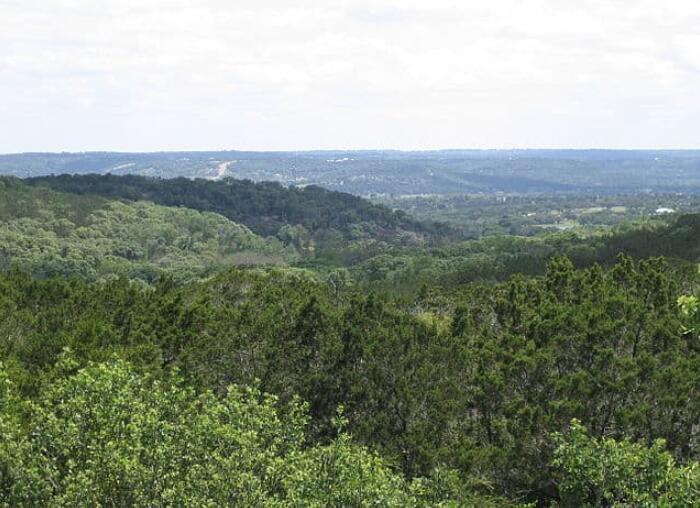
Texas Hill Country
The Texas Hill Country stands at the very end of the American Southwest. It is the meeting point of West Texas, South Texas, and Central Texas. This region is best known for its numerous caverns, as well as being home to the US-native desert palm tree.
There are dozens of campgrounds in the area, all equipped to accommodate RV campers. Popular options include the following state parks: Blanco, Guadalupe River, and Lake Brownwood. The US Army Corps of Engineers has several campgrounds. They include the Cedar Breaks Park, Jim Hogg Park, Cranes Mill Park, as well as the Potters Creek Park. There are another 30 campsites at the Lost Maples State Natural Area.
Only two private options are available in the area. The Canyon of the Eagles Resort charges $45 per night for RV camping. If you choose to stay at the Mountain Breeze Camp, it will cost you $20 a night per person and an extra $10 for water and electric hookup.
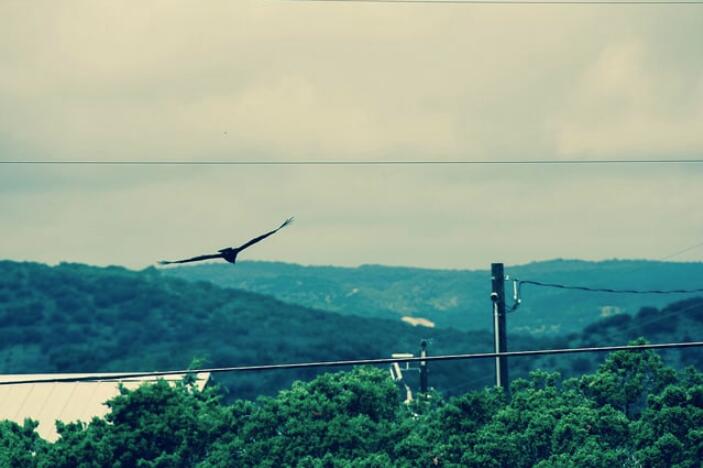
Concan
The town of Concan in the Hill Country is a perfect destination for outdoor enthusiasts. Here you can hike at the Lost Maples State Natural Area, go biking at the Garner State Park, or swim and kayak in the Frio River.
You can opt to park your RV on one of the many campgrounds at these state parks. If you’re looking for a privately owned RV park, the Parkview Riverside RV Camp is the only game in town. The camp provides a breathtaking view of the Garner State Park and the Frio River. Here you’ll get all the premium amenities you’d expect, like electric hookups, cable TV, and Wi-Fi internet access. The camp is open all year round and charges fairly standard rates for privately owned RV resorts.
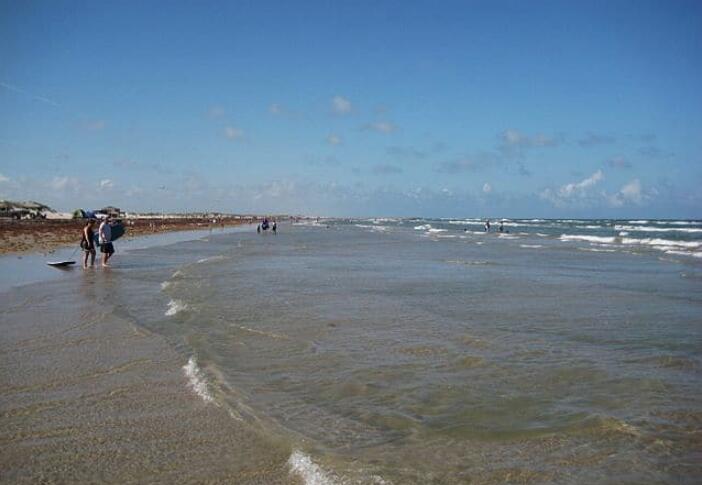
Gulf Coast
The Texas Gulf Coast is very popular among tourists looking for a relaxing camping experience near the beach. There are many national parks along the coast, all with their own RV-ready campgrounds. They include the Brazos Bend State Park, Goose Island State Park, Lake Corpus Christi State Park, and the Mustang Island State Park. You can choose between a basic RV site and one with a fully electric and water hookup.
Other popular options include the Coleto Creek Park, Whites Park, and the Padre Balli Park. They are all operated by local authorities and can provide premium amenities to RV campers.
There are many primitive camping locations in Texas. Pretty much all national and state parks have primitive camping sites a few hundred feet away from official campgrounds.
You will usually find these primitive campsites on the sides of dirt roads. For example, there are several sites at the Guadalupe River, Big Bend, and the Big Thicket National Parks and Preserves. You’ll also find plenty of them in the Rio Grande Wild and Scenic River area. Moreover, you can set up camp in any national forest and grassland throughout the state.

